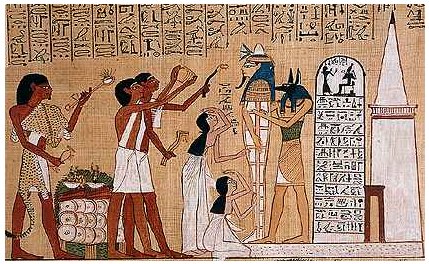After the father had 'expired' (stopped breathing) his baby boy was born among the pools of fresh water on the Upraised Reef: ... There is a couple residing in one place named Kui and Fakataka. After the couple stay together for a while Fakataka is pregnant. So they go away because they wish to go to another place - they go. The canoe goes and goes, the wind roars, the sea churns, the canoe sinks. Kui expires while Fakataka swims. Fakataka swims and swims, reaching another land. She goes there and stays on the upraised reef in the freshwater pools on the reef, and there delivers her child, a boy child. She gives him the name Taetagaloa. When the baby is born a golden plover flies over and alights upon the reef. (Kua fanau lā te pepe kae lele mai te tuli oi tū mai i te papa). And so the woman thus names various parts of the child beginning with the name 'the plover' (tuli): neck (tuliulu), elbow (tulilima), knee (tulivae) ... Life enters when the baby is opening his mouth and inhaling air for the first time. ... The ahnetjer (Manuel de Codage transliteration: aH-nTr) depicted as an adze-like instrument, was used in the Opening of the Mouth ceremony, intended to convey power over their senses to statues and mummies. It was apparently the foreleg of a freshly sacrificed bull or cow with which the mouth was touched ... The ritual involved the symbolic animation of a statue or mummy by magically opening its mouth so that it could breathe and speak. There is evidence of this ritual from the Old Kingdom to the Roman Period. Special tools were used to perform the ceremony, such as a ritual adze, an arm shaped ritual censer, a spooned blade known as a peseshkaf, a serpent-head blade, and a variety of other amulets. A calf's leg was also held up to the lips painted on the coffin ...
The golden plover (tuli) could represent the spirit of life (air) which the newborn must quickly begin to inhale:
Possibly the end of line Cb4 is expressing a similar scenario. Birth would come in July 15 (alluding to the first day beyond 12 * 29Ĺ because 71 * 5 = 355) and the neck (tuliulu) emerges before the arms (tulilima) and the legs (tulivae). When Metoro said kua vaha it could to refer to the opening through which the birth takes place (the channel of birth), but as this glyph comes after July 15 it seems rather to be referring to the necessity to open the mouth of the newborn:
There is a feathery bird in Cb4-21 and it could represent the 'air of life' which the newborn must inhale.
| ||||||||||||||||||||||||||||||||||||||||||||||||||||||||||||||||||||||||||||||||||||





